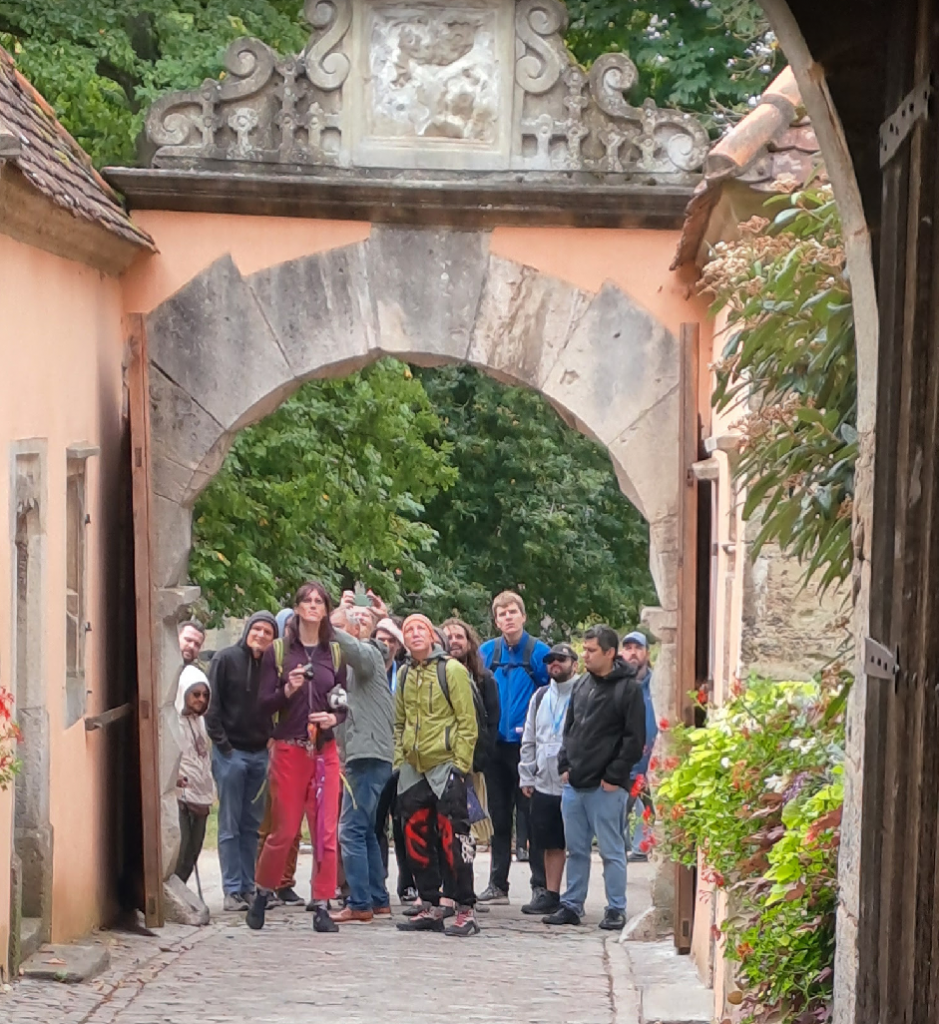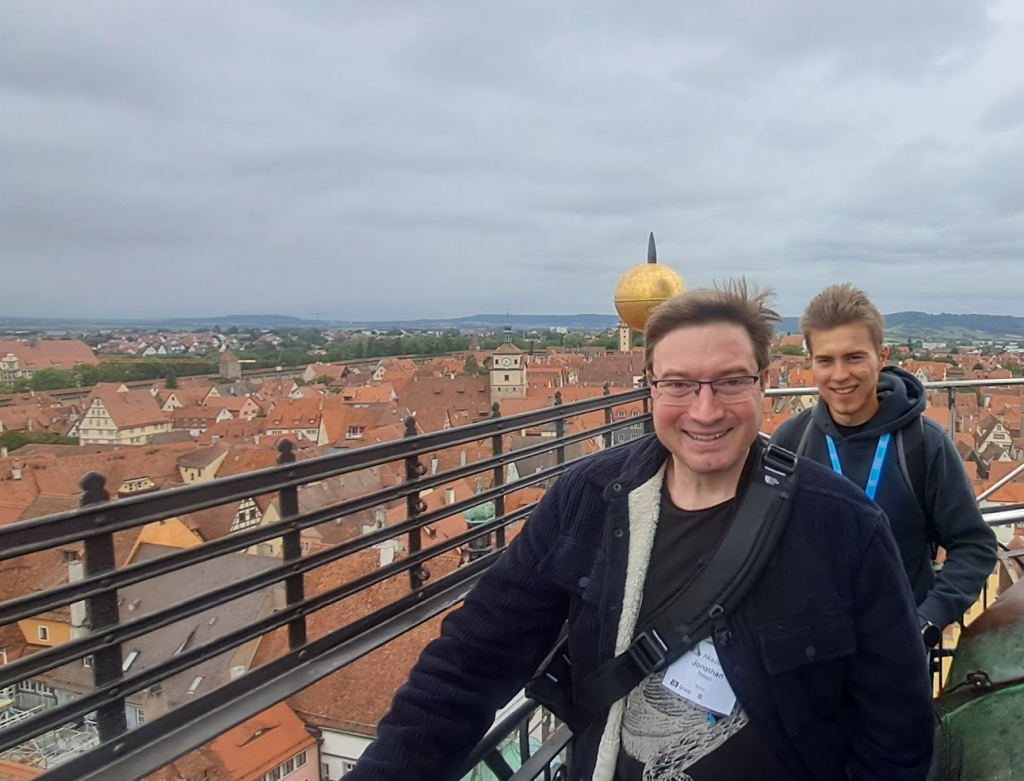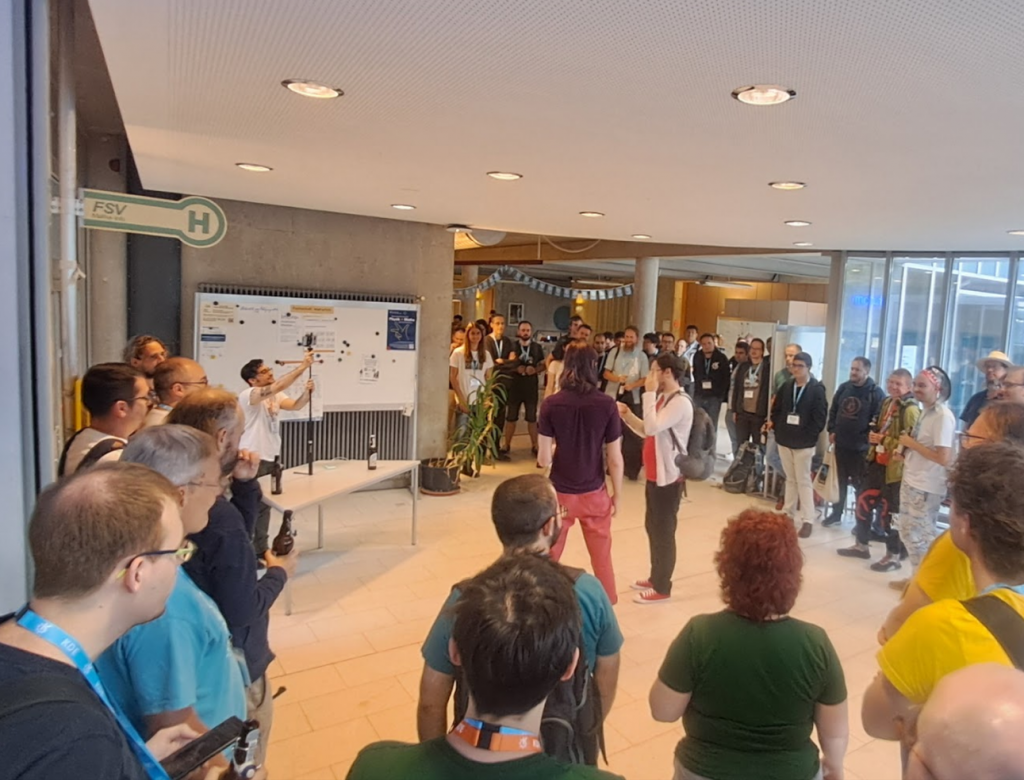Akademy is this yearly thing where bunch of KDE people go to talk about and work on KDE software.
I had never been in one before, but this year I managed to make it there! This year Akademy was held at the city of Würzburg.
This was also my first time in Germany, which is the furthest I've ever been from home.
I also had my wife Jenny with me, since if I had gone alone I would have gotten lost in some random mountain somewhere,
or started a new life at the dark corners of Frankfurt airport, completely confused.
Friday, the day of flying (or so I thought)
On Friday the 6th, we left from Oulu to Helsinki first. Hop on plane at 14.30 and- Oh, a small delay.
Eh, it's fine, we hopped on the plane at 16.00 and-...
The flight was canceled.
So, we wait til like 19.30 or something to get to Helsinki. But of course, our flight from Helsinki to Germany had already left!
No worries though, the next flight to Germany would leave soon.
Wait, what do you mean it leaves at 7.00?
Aaaaaaaaaahhhhggggggggggg....
Well, we got paid airport hotel room with paid dinner and breakfast. So we slept at Helsinki the first night. We were supposed to be at
Würzburg at 23.55 or something, but of course not. Oh well, with some effort I might be able to make to the event, although I would miss
the first few talks.
I had the most saddest (but still good) slab of lasagne at very sad and empty airport hotel restaurant.
Very frustrated by everything. Sure it'll get better, right?
Saturday, the day of sleep deprivation
This time the airplane actually started to fly, instead of getting canceled for scandalous airplane activities, and we
were on route to Frankfurt pretty soon. I spent some time in the airplane just working on my never-ending game project.
At Frankfurt, we got our luggage and went to the funny ICE train, which was a bit late. Apparently being late is some German train thing,
I don't really understand it, but we have similar thing at Finland so it wasn't that shocking.
At the train, we were exhausted with our 4h of sleep due to stress not allowing us to sleep, so we just find some seats and sit down. Five
minutes later some chap tells us to go away, so we stay up standing for the next 1h 30min next to the exit doors in some midcabin thing.
I wanted to watch some of the Akademy streams at this point, but I was mostly focusing on staying up.
Eventually, we finally reach the Burg of Würz. First impressions were that it looks really nice and.. What the hell is that? A.. mountain?
Wow, they can be THAT tall??? (Authors note: Finland is very, VERY flat).
Also it was hellishly hot. The most I saw was 32 celsius. It was painful, I was sweating all the time and it was not fun.
We walk to our hotel room at Mercure hotel, which was really nice by the way. At this time, Akademy was having an incredible luncheon together,
so me and Jenny decided to find something to eat. We found this place that was all about avocados, and I had something called powerbowl, which was brilliant.
After that, we began to study the incredibly complex thing that is the German bus system and started our trip towards the Akademy venue.
Aktually at Akademy
Me and my blurry sleep deprived brain walk to the venue and first off I meet familiar people. A lot of familiar people.
Many hugs and "Oh you finally made it!"-s were shared. Jenny was with me there as well and it was fun to introduce her to my friends.
I honestly don't remember much about the day. It was quite a blur. But it was cool and I talked a lot.
I stole a lot of stickers and listened some talks, which I can barely remember... But I do remember which ones:
- Arjen's talk about Union KDE styling theme thing, that is super cool.
- Harald talked about of our own new possible shiny OS called KDE OS. Or 🍌 OS. I found this really exciting.
- A lot of lighting talks, where Nicole's talk about teaching lil kiddos how to install Linux with KDE software on old PC's to bring them back alive.
- I think this talk was my favorite. It was very wholesome, motivating and I'd like to have similar kind of teaching event at home. No promises, but.. Maybe!
During this day I also began to give out salmiakki to people, since I had been well prepared.
It was kinda fun to see peoples reactions, especially if they had never heard of it before.
Then it was back to sleep at the hotel.
Sunday, I managed to do things
On sunday I was at Akademy pretty much the whole day. Again, I listened bunch of talks, met more people and we had many good chats
about LTS distros, KDE PIM, Kwin, Flatpak... And many other things I can't remember.
I listened Carl's KDE Apps Initiative talk which was very motivating for me, since I've wanted to make a KDE app for a while. A gaming related
lil thing.
After the fun group photo and delicious lunch, I chatted more and wandered about the venue.
There was a talk about daily driving Plasma Mobile and I found it very cool, and we had a chat about the Plasma Mobile afterwards. Apparently my
Fairphone 5 could run PostmarketOS with Plasma Mobile pretty well already, but I am not yet ready to commit to such a change with my mobile device.
Last I listened Xaver's talk about what color is in computers. I learned that sRGB is a lie and gasped audibly, then heard a lot of words
related to color systems I didn't really always understand.. But I found the talk still quite interesting and informative.
The evening was then again a bit of a blur, with sponsors lightning talks and Akademy Awards (congrats to winners btw).
Very interesting day, but I've always been bad when it comes to learning from listening. I learn by doing.
Of course the day wasn't complete without me going to wait bus with my t-shirt and shorts (since it was hot again),
and it started pouring like heck. I was soaked when I got to the bus, then at the last stop I had to walk 1km to the hotel
in the rain. Ah well, it was warm so I didn't mind too much.
Monday, I skipped the class
On monday I was so exhausted by Everything:tm: I decided to just chill with my wife and we went around Würzburg, buying food and chocolate.
I spent that day just recharging my social batteries. And I ate some Flammenkuchen, which was delicious!
At some point when Jenny is done editing and uploading her video, I will make separate post for it.
Then you can see what Würzburg is like, and hear what she did during the trip.
Edit: Am lazy but heres the link to the video: https://www.youtube.com/watch?v=05qexeiHNeY
Tuesday, I flocked together with the birds
Like on monday, on tuesday as well Akademy had these events called "BoFs" which is abbreviation of Birds of a Feather. Because "Birds of a Feather Flock Together".
I don't know why it's called that, but anyhow, I participated a few of them:
- New design system bof
- Very interesting discussions and ideas even I know nothing about design
- I was mostly hoping to help people there with my programmer side of knowhow, as someone who has touched the Breeze styles codebases
- Tiling in kwin bof
- We mulled over what we could do to make tiling in kwin even better
- I have this mini task for myself where I try to make tiles split automatically when a window is dragged on top of the other
- Fedora KDE bof
- I was just mostly curious whats up with Fedora KDE at the moment
- I also wanted to give my praise for Fedora KDE, it's been my daily driver for many months now and it's been really good
- Couple of my friends use it too due to my recommendation and they're having good time gaming on it! :)
To wrap up the evening, I had a fancy dinner with my friends. What was quite a culture shock to me was that after 22.00 the streets
were practically completely empty. It was eerily quiet. At home we would have had few drunks about making noise, but at Germany there was just..
Silence.
Wednesday, to home again
Due to having two lizards and them needing a petsitter, and said petsitter not being able to be there the whole week,
we left a bit early so we missed the daytrip and the last bof day.
Bit early being our flight from Frankfurt was leaving around 7.00. So we woke up at 5.00.
And when I wake up I saw a message in my phone saying: "Hi your flight is canceled"
Ah. Fun. If all had gone to plan, we would've been at home around 17.00. But instead, we were home at ~2.00.
We had to live at Frankfurt airport for ~7 hours, saw a lot of police with weapons (it was really scary to me, I've never seen weaponry like.. that openly),
there was some suspicious luggage that got a whole McDonalds covered in "dont go here" tape and more police.
Urghgfhklfg. Scary.
Eventually we luckily made it to Helsinki and then back to Oulu and I didn't need to type out this blogpost from some corner of the airport.
Conclusions
Akademy was really fun event. I can hardly describe how fun it was. It's been quite a blur due to traveling issues
and thus me being completely stressed and exhausted, but I still had many fun chats with everyone.
It was really nice to finally see who the people behind the internet names are and have talks with them, be it just random topics
or KDE topics. I met people who I had never met before and shared many chats, laughs and information with them.
I learned quite a lot about what's going on in our KDE ecosystem and even outside of it, how we all interact. But
I think the biggest thing I learned was that events like Akademy are crucial for the motivation and wellbeing of the KDE community.
It helps us stay together, keep our bonds strong, be it KDE folk itself or people working with us, and keep us being awesome at what we do:
Making computers do cool things, for free, for productivity and for fun.
Sorry about no photos, I have basically nothing: I am very bad at taking photos because I simply don't remember.
I love KDE and if you love KDE too, and if it's at all possible, visiting Akademy is well worth it!
See you at the next one, and apologies for the all-over-the-place-rambly-travel-post. Hope you find it a good read anyway.
Thanks for reading!



 ipwizard
ipwizard



 @redstrate:pyra.sh
@redstrate:pyra.sh









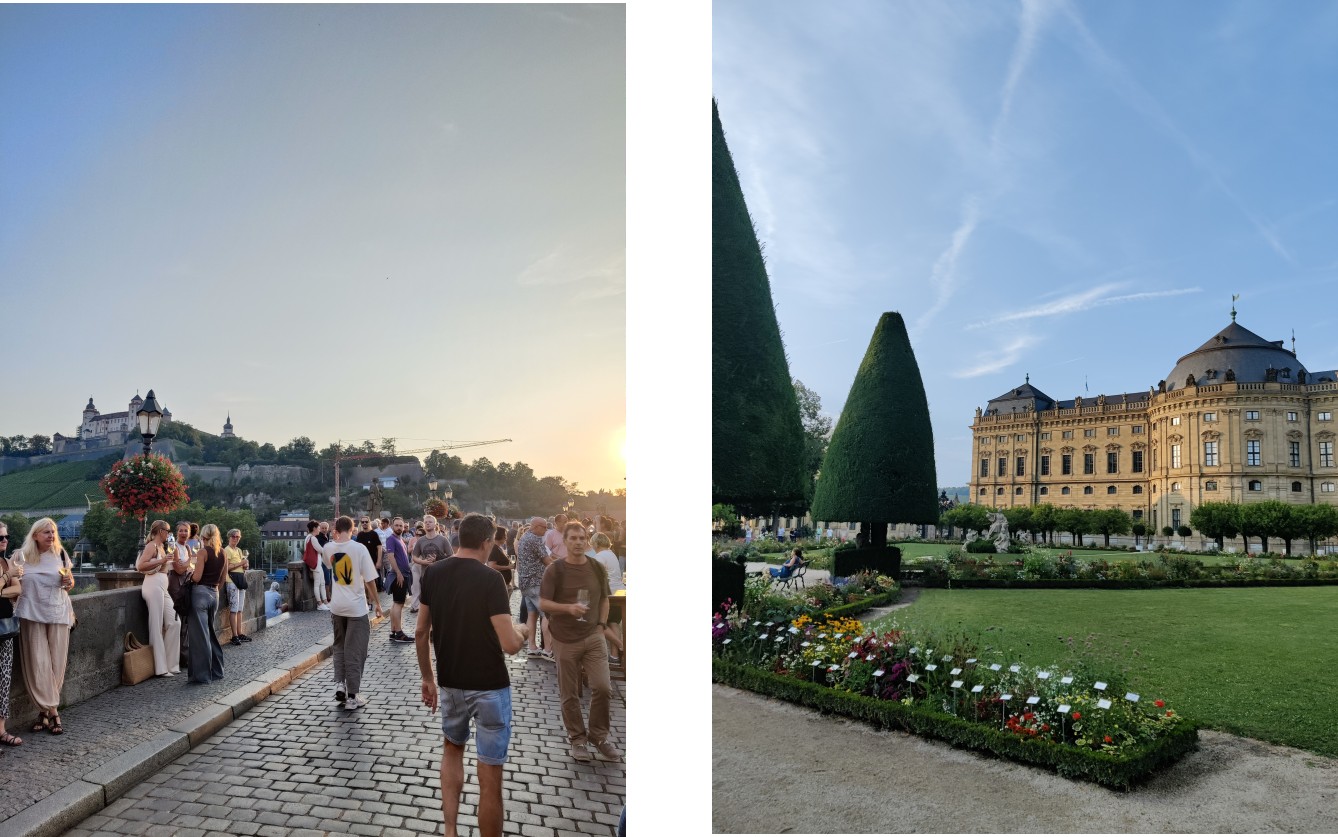
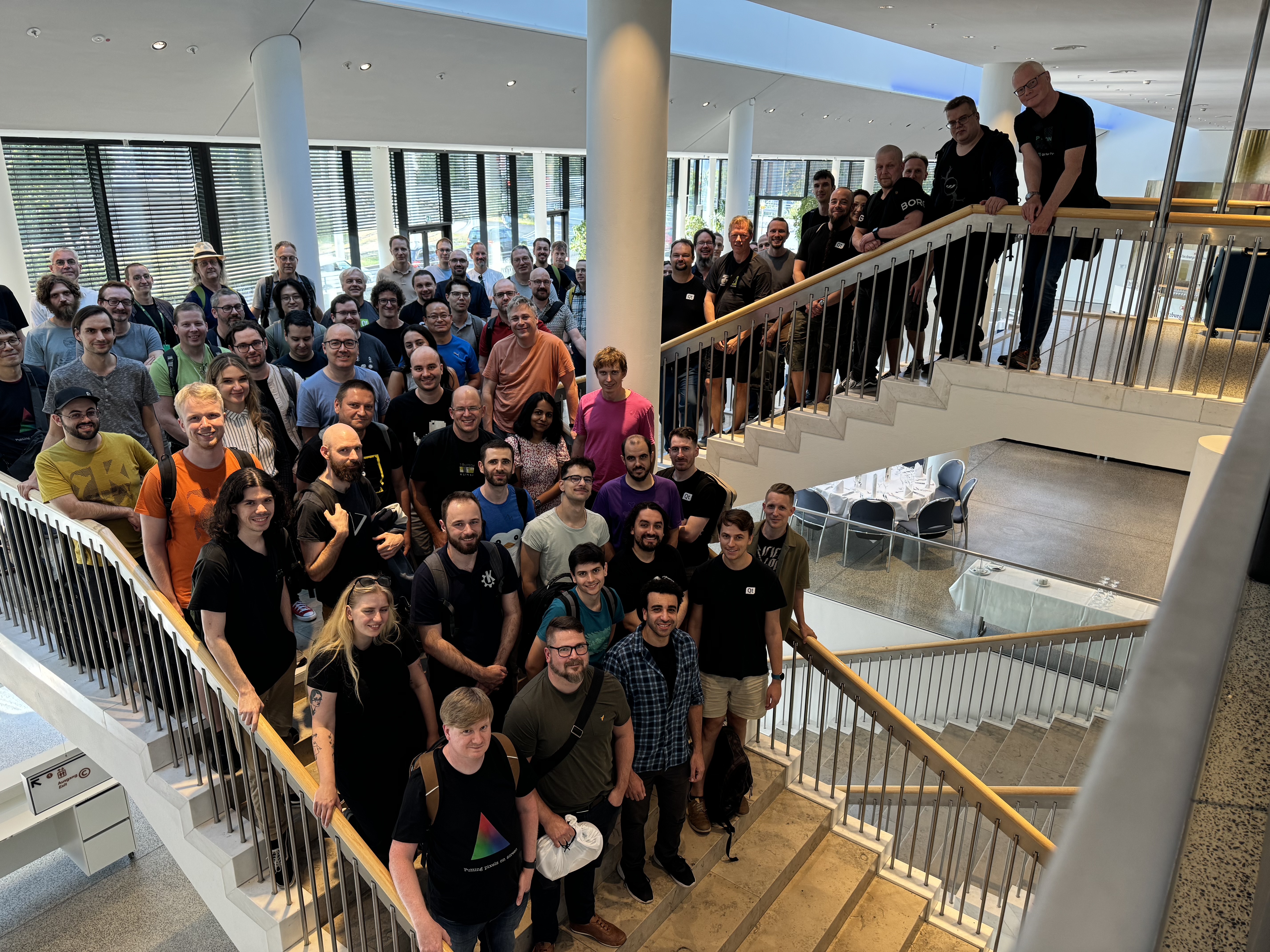
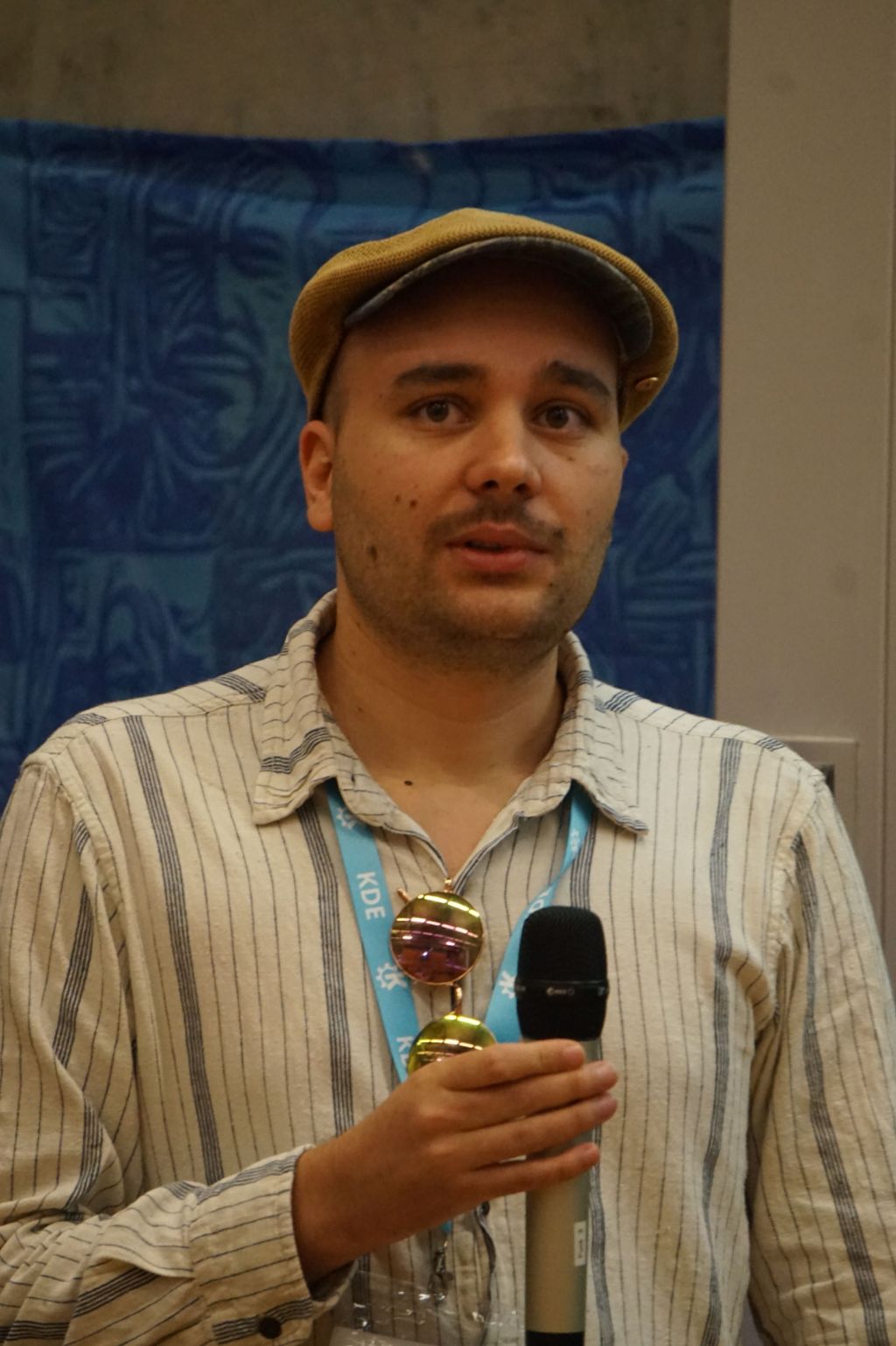
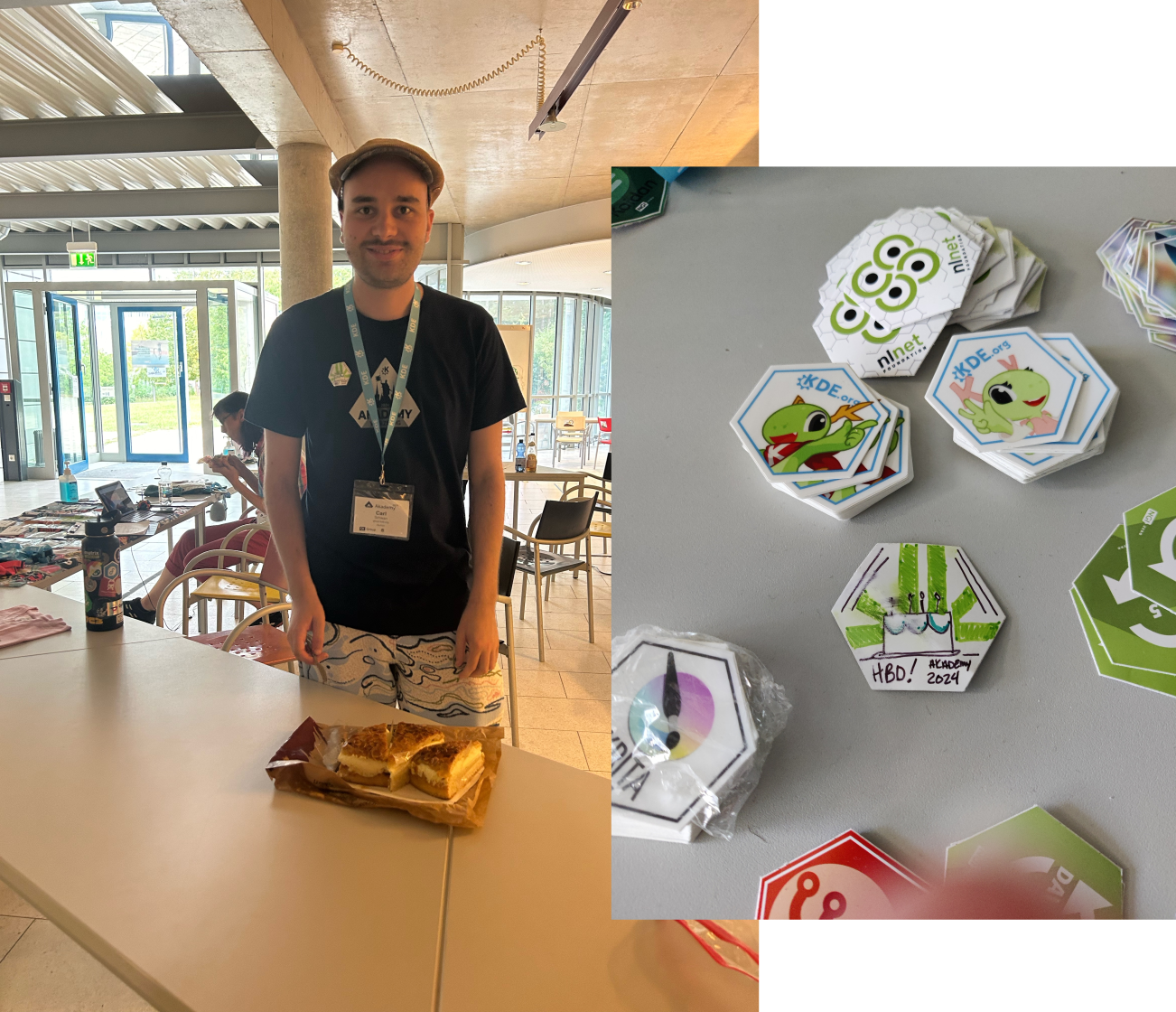
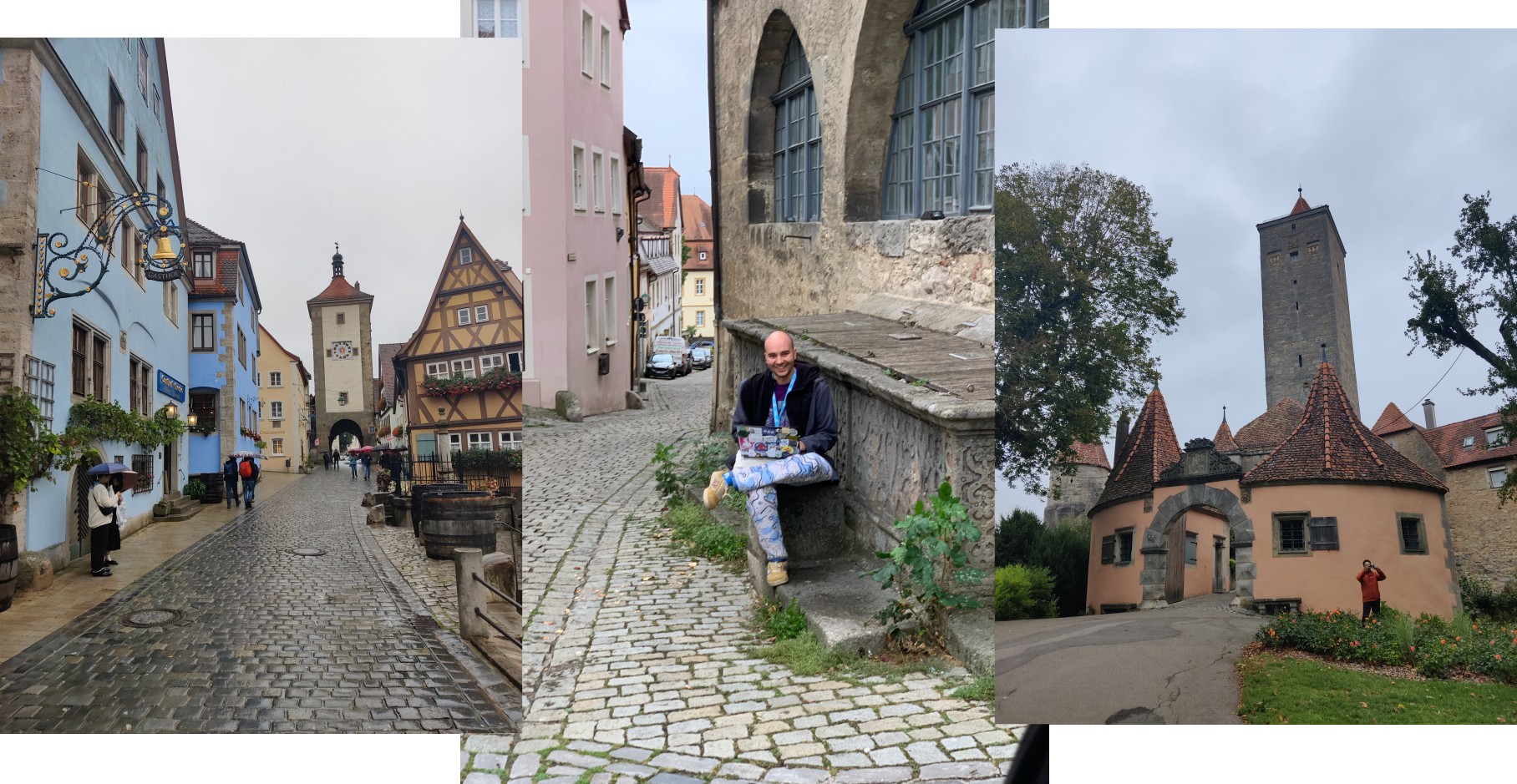
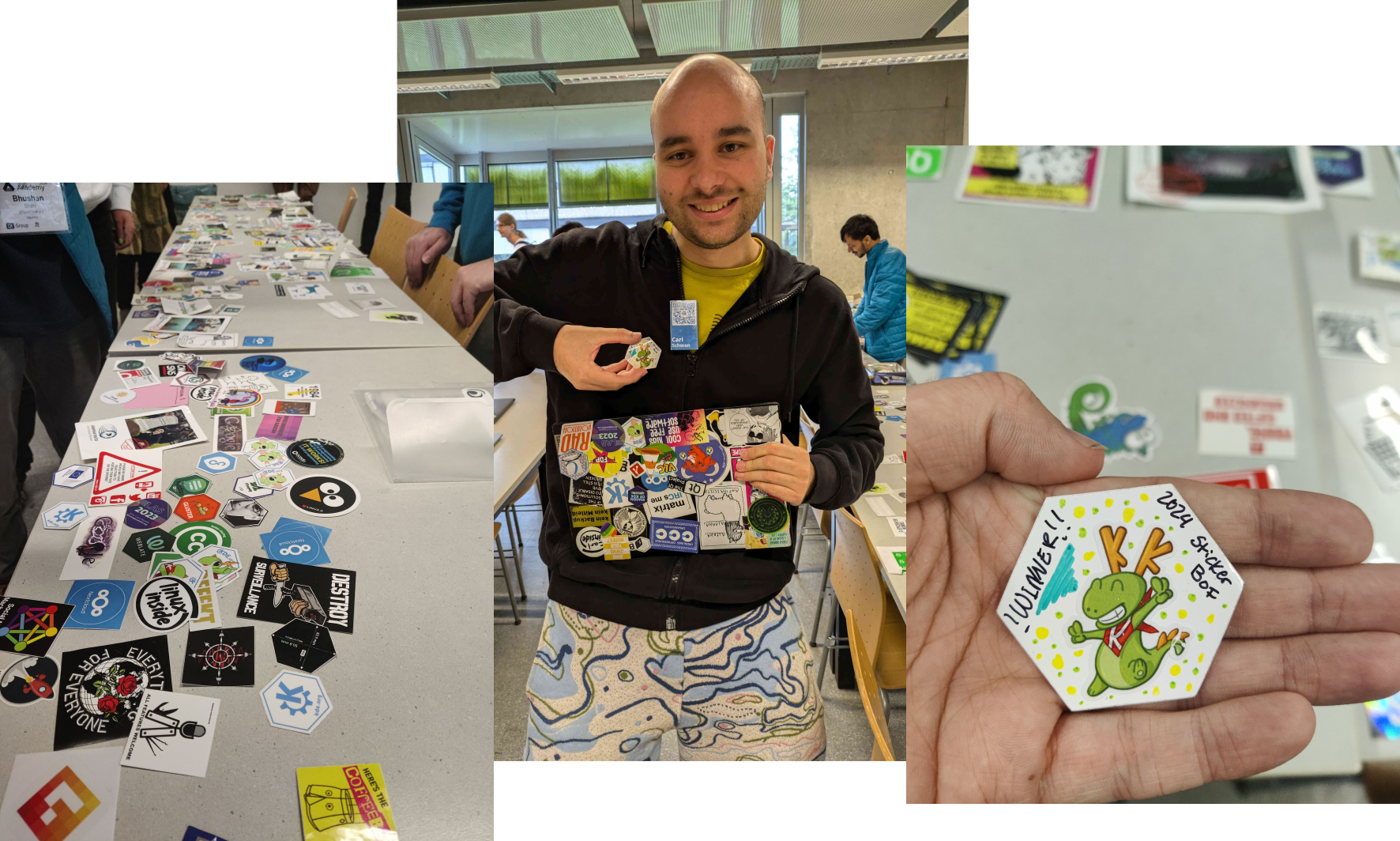


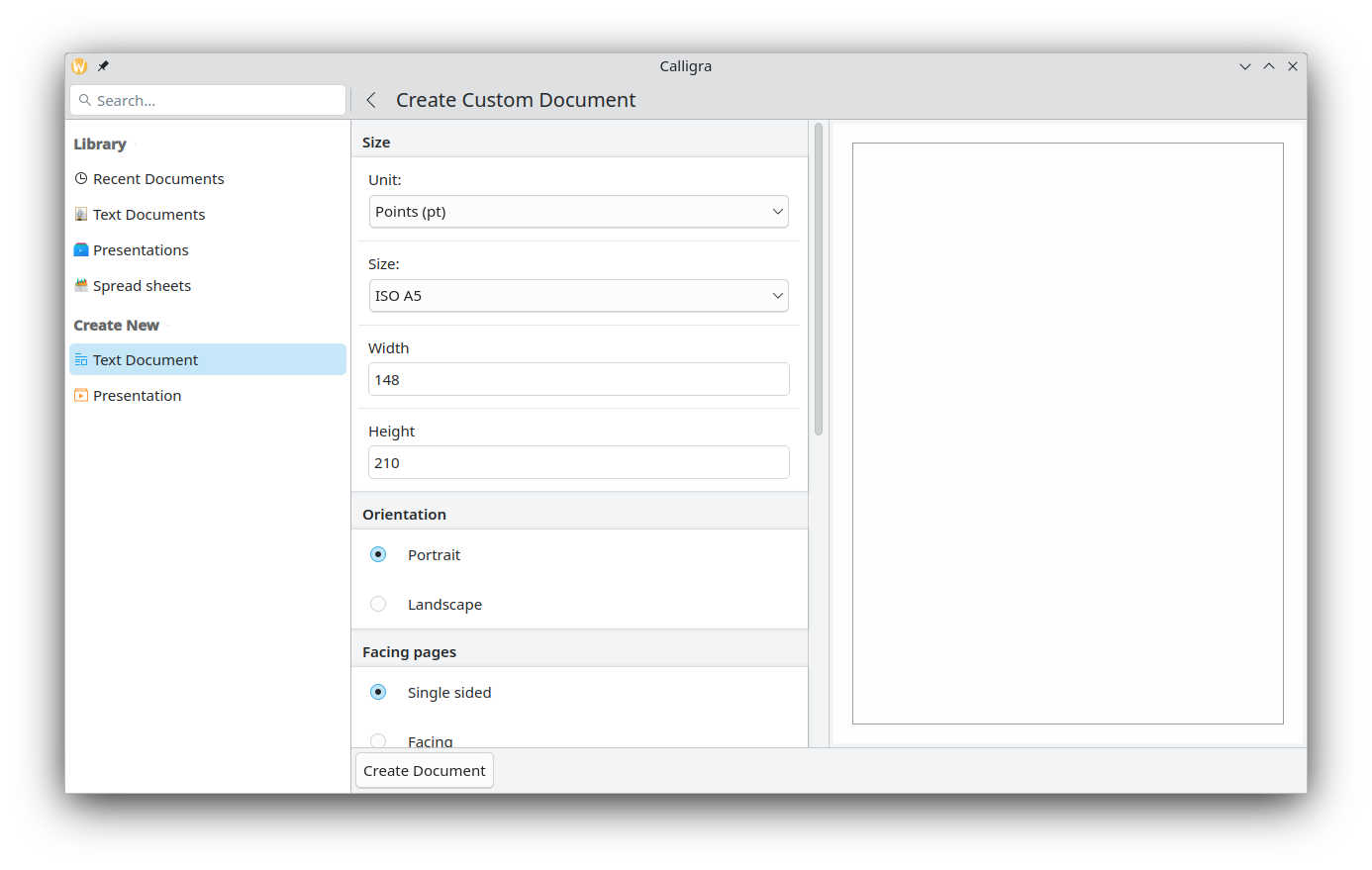

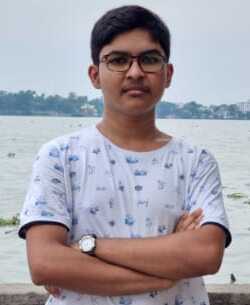
 soumyatheman
soumyatheman GSoC
GSoC



